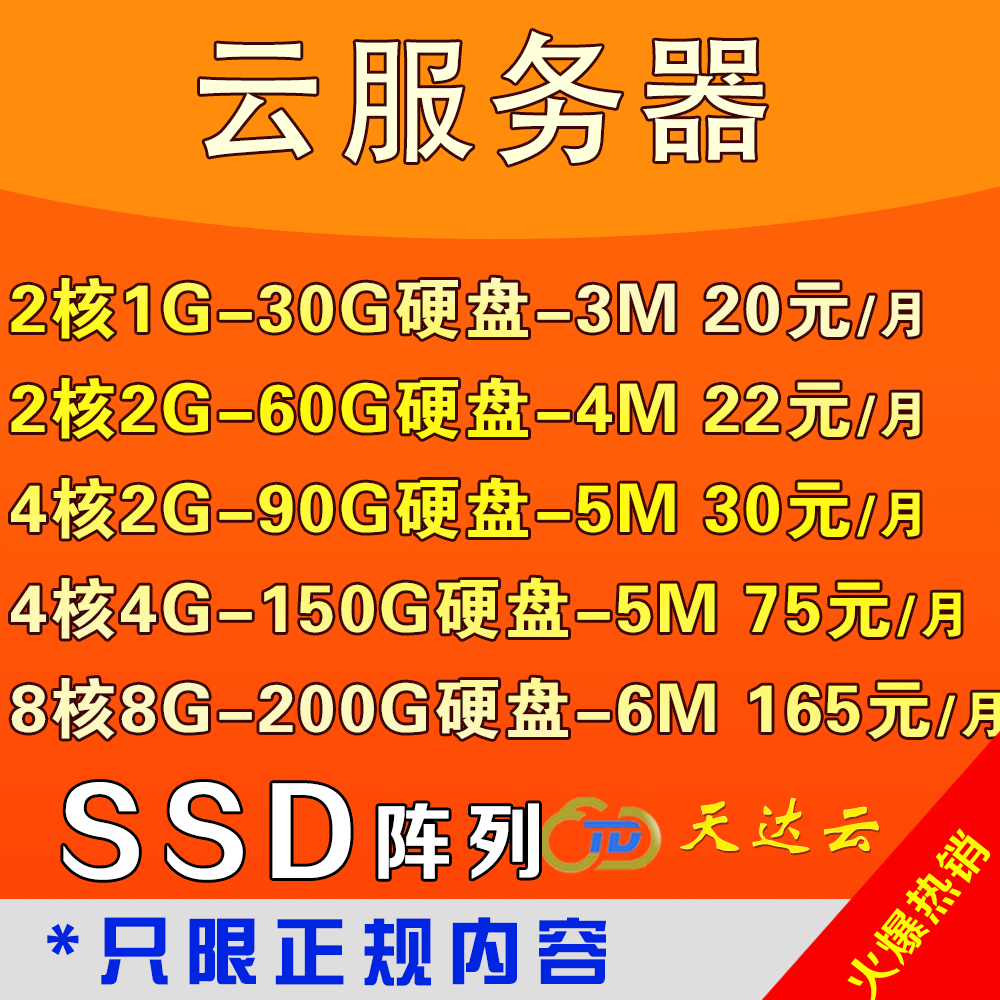fetch . bulk collect into . limit xxx 中 limit 的取值有关问题
日期:2014-05-16 浏览次数:21527 次
fetch .. bulk collect into .. limit xxx 中 limit 的取值问题
像上面的执行过程,如果去除外层的循环直接不带 limit 参数用
fetch all_contacts_cur bulk collect into v_id,v_phone,v_remark
是能够遍历到所有的记录。
而带了 limit 20 参数,因为返回的记录数是 50,执行了两次 fetch bulk 后,还剩下 10 条记录,不足 20 时,第三次 fetch bulk 根本就不取记录,所以程序只会打印出 40 行的 here.
也就是说当 limit 参数值大于游标中的记录数,fetch bulk into 根本不工作,那么这个 limit 该如何指定合适的值呢,因为游标的记录值是没法知道的。
------解决方案--------------------
- SQL code
declare
--声明需要集合类型及变量,参照字段的 type 来声明类型
type id_type is table of sr_contacts.sr_contact_id%type;
v_id id_type;
type phone_type is table of sr_contacts.contact_phone%type;
v_phone phone_type;
type remark_type is table of sr_contacts.remark%type;
v_remark remark_type;
cursor all_contacts_cur is --用 rownum 来限定取出的记录数来测试
select sr_contact_id,contact_phone,remark from sr_contacts where rownum <= 50
begin
open all_contacts_cur;
loop
fetch all_contacts_cur bulk collect into v_id,v_phone,v_remark limit 20
exit when all_contacts_cur%notfound;
for i in 1..v_id.count loop --遍历集合
--用 v_id(i)/v_phone(i)/v_remark(i) 取出字段值来执行你的业务逻辑
null; --这里只放置一个空操作,只为测试循环取数的效率
dbms_output.put_line('here');
end loop;
end loop;
close all_contacts_cur;
end;
像上面的执行过程,如果去除外层的循环直接不带 limit 参数用
fetch all_contacts_cur bulk collect into v_id,v_phone,v_remark
是能够遍历到所有的记录。
而带了 limit 20 参数,因为返回的记录数是 50,执行了两次 fetch bulk 后,还剩下 10 条记录,不足 20 时,第三次 fetch bulk 根本就不取记录,所以程序只会打印出 40 行的 here.
也就是说当 limit 参数值大于游标中的记录数,fetch bulk into 根本不工作,那么这个 limit 该如何指定合适的值呢,因为游标的记录值是没法知道的。
------解决方案--------------------
- SQL code
fetch all_contacts_cur bulk collect into v_id,v_phone,v_remark limit 20;
for i in 1..v_id.count loop --遍历集合
--用 v_id(i)/v_phone(i)/v_remark(i) 取出字段值来执行你的业务逻辑
null; --这里只放置一个空操作,只为测试循环取数的效率
dbms_output.put_line('here');
end loop;
[color=#FF0000] exit when all_contacts_cur%notfound;[/color]
------解决方案--------------------
什么版本的数据库? 10.2.0.1的可以. 下面是执行的LOG.
SQL> SET SERVEROUTPUT ON
SQL> DECLARE
2 CURSOR CUR_1 IS
3 SELECT TABLE_NAME FROM DBA_TABLES
4 WHERE ROWNUM < 50;
5 TYPE T_CUR_1 IS TABLE OF CUR_1%ROWTYPE;
6 V_CUR1 T_CUR_1;
7
8 BEGIN
9 OPEN CUR_1;
10 LOOP
11 FETCH CUR_1 BULK COLLECT INTO V_CUR1 LIMIT 20;
12 FOR X IN 1..V_CUR1.COUNT LOOP
13 NULL;
14 DBMS_OUTPUT.PUT_LINE(X);
15 END LOOP;
16 EXIT WHEN CUR_1%NOTFOUND;
17 END LOOP;
18 CLOSE CUR_1;
19
20 END;
21 /
1
2
3
4
5
6
7
8
9
10
11
12
13
14
15
16
免责声明: 本文仅代表作者个人观点,与爱易网无关。其原创性以及文中陈述文字和内容未经本站证实,对本文以及其中全部或者部分内容、文字的真实性、完整性、及时性本站不作任何保证或承诺,请读者仅作参考,并请自行核实相关内容。
